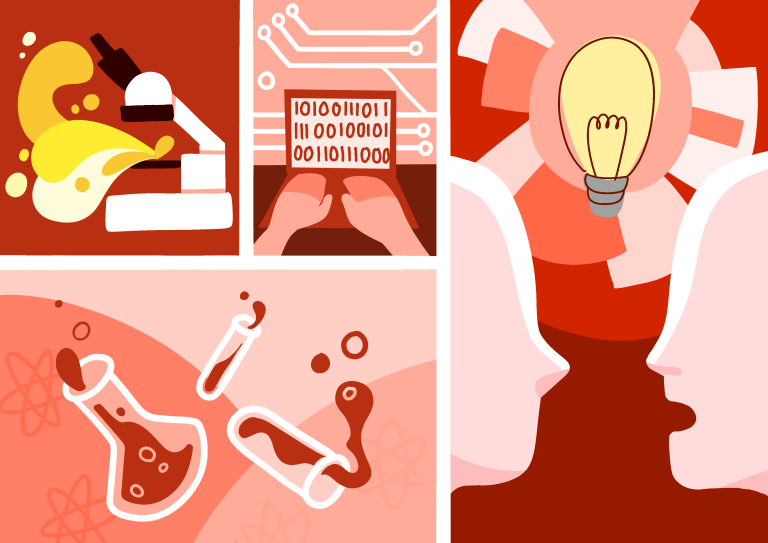The Daily’s academics desk gathers a weekly digest collecting some of the most impactful and interesting research publications and developments at Stanford. Read the latest in this week’s Research Roundup.
AI reveals new drugs to fight against antibiotic resistance
Stanford Medicine researchers have built a generative artificial intelligence (AI) program that identified six new potential drugs to combat antibiotic-resistant bacteria.
The model, SyntheMol, generates chemical “recipes” and instructions to construct drugs capable of killing bacteria that have grown to withstand the effects of traditional antibiotics (commonly called “superbugs”). Highlighted in a March 22 study published in the journal Nature Machine Intelligence, SyntheMol generated medication that could kill Acinetobacter baumannii, the most common example of drug-resistant bacteria.
Antibiotic resistance occurs when bacteria become able to survive rounds of antibiotics, becoming resistant to the effects of drugs. Every year, nearly five million people die globally due to resistant strains of bacteria, according to the World Health Organization (WHO).
“There’s a huge public health need to develop new antibiotics quickly,” said James Zou, a co-lead author and associate professor of biomedical data science.
The use of AI in the fields of chemistry and pharmaceutical medicine drastically reduces the computation time needed to create new drug compounds and optimizes the effectiveness of those medicines, the paper’s authors said.
The researchers valued their AI’s ability to explore molecules that do not occur in nature, which led to creative and effective new compounds. They plan to partner with other research groups in the field to expand SyntheMol’s applications, including in heart disease treatment.
A new way to supply clean energy to low-income communities
A Stanford-led study, published in Nature Energy on March 28, indicated that building solar panels atop commercial and non-residential buildings could prove effective in providing reliable renewable energy to low-income neighborhoods across the United States.
The authors of the paper, engineers at Stanford, described how businesses could be more receptive to government incentives for collecting solar energy using their buildings than residents may be. As these companies provide the renewable energy they have collected to the local electrical grids, the people in these neighborhoods can pay for the resource at a much lower cost than through installing their own solar panels.
Currently, low-income communities in the United States have a much lower rate of solar panel installation than wealthier areas (though this gap is decreasing). The solution proposed by the researchers could have a significant impact on increasing clean energy in the country and slowing the effects of climate change through a more widespread transition to renewable sources of energy.
“[The use of industrial spaces to host solar panels] would promote local clean and low-cost energy generation, which would also increase the resilience from outages and reduce the pollution caused by fossil fuel power plants – many of which are located in low-income areas,” Zhecheng Wang Ph.D. ’22, co-author and fellow at the Institute for Human-Centered AI (HAI), told Stanford News.
Reversing aging immune systems in mice
Researchers at Stanford Medicine successfully boosted the ability of the immune systems of aging mice to fight off viruses in a recent trial study. The paper, published on March 27 in Nature magazine, indicated the possibility of applying age-reversing technology to humans.
The authors treated a selection of mice in their study with an antibody that removed old immune cells. These mice displayed significantly younger and stronger immune systems compared to the untreated mice. In addition, the antibody decreased the amount of inflammation and related symptoms when the immune systems needed to fight off viruses.
“We were surprised that a single course of treatment had such a long-lasting effect. The difference between the treated and untreated animals remained dramatic even two months later,” said lead author and Stanford postdoctoral fellow Jason Ross ’06.
According to the study’s authors, the results of the study indicate a pathway toward implementing related techniques to help elderly people have greater resistance to viruses and infections.
